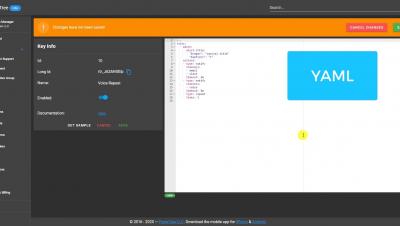Elastic's Guide to Keeping Services up and Running with Real-time Visibility
Learn how to start monitoring in minutes, keep your networks up and running, and make sure citizens have continuous access to digital portals and services. Increased traffic. New users on the network. Data sharing at unprecedented levels. Meet all the challenges coming your way with the free and open Elastic Stack.











